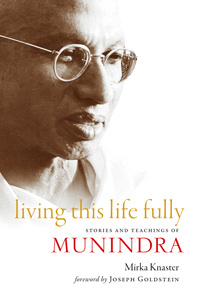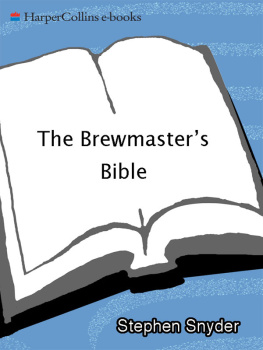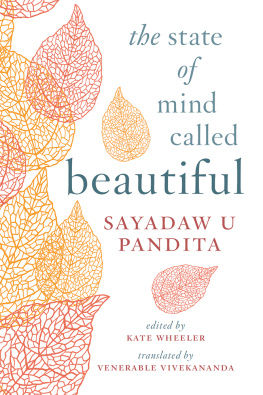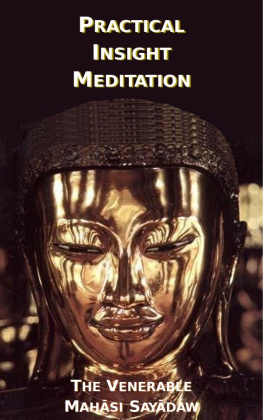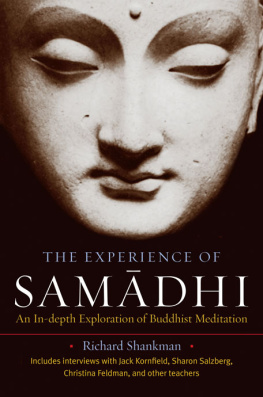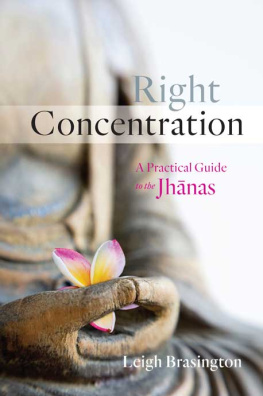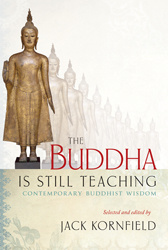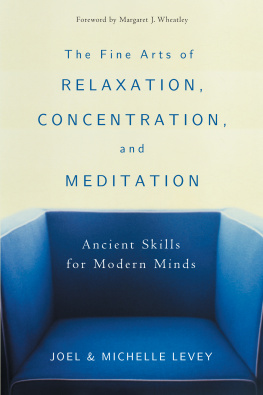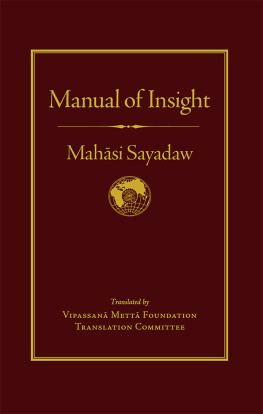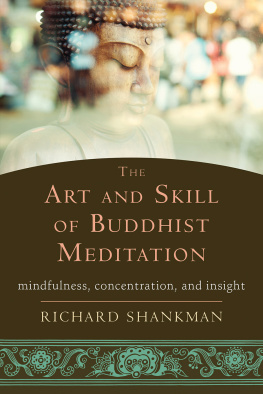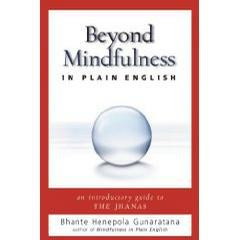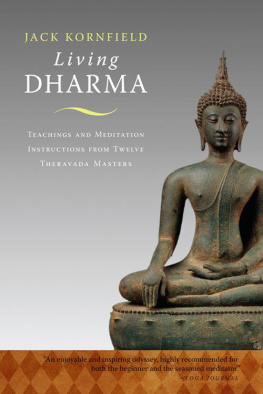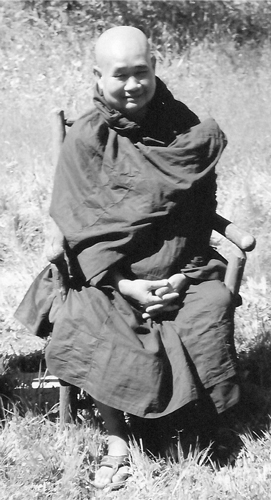
To the Venerable Pa Auk Sayadaw with gratitude and respect

Shambhala Publications, Inc.
Horticultural Hall
300 Massachusetts Avenue
Boston, Massachusetts 02115
www.shambhala.com
2009 by Stephen Snyder and Tina Rasmussen
Frontispiece: Photo 2005 by Tina Rasmussen
Cover design by Gopa & Ted2, Inc.
All rights reserved. No part of this book may be reproduced in any form or by any means, electronic or mechanical, including photocopying, recording, or by any information storage and retrieval system, without permission in writing from the publisher.
Library of Congress Cataloging-in-Publication Data
Snyder, Stephen, 1957
Practicing the jhanas/Stephen Snyder and Tina Rasmussen.1st ed.
p. cm.
Includes bibliographical references and index.
eISBN 978-0-8348-2282-5
ISBN 978-1-59030-733-5 (pbk.: alk. paper)
1. Samatha (Buddhism) I. Rasmussen, Tina. II. Title.
BQ5612.S62 2009
294.34435dc22
2009017722
Contents
THIS BOOK SERVES as a bridgeas a conduit to the traditional teachings of the Buddha that are outlined in the suttas, the Visuddhimagga, and my book Knowing and Seeing. My wish is that more practitioners will apply these suggestions in order to attain jhna and go on to complete the entire Buddhist path. Obtaining and applying the concentration of the jhnas allows the student to progress more quickly and deeply through the vipassan portion of the Buddhist path. The jhna practice itself, however, has its own inherent value as a path of purification, the same one undertaken by the Buddha himself.
Many years ago, my teacher told me to plant the seed of this teaching in the West. This book serves to water this seed and help it flower. I wholeheartedly recommend it to all who are drawn to the jhnas and to all who seek to practice the Buddhist path as the Buddha lived and taught it.
Stephen Snyder and Tina Rasmussen (Ayya Pesala) know what they write about in this book, personally, through their own direct experience as practitioners and dedicated yogis. Both of them worked diligently under my direct guidance to attain mastery of the eight jhnas and the additional meditation practices.
PA AUK SAYADAW
FOR NEARLY twenty-six hundred years, Buddhist meditation masters have painstakingly preserved the rich meditation practice of absorption concentration called jhna. We are fortunate to have a modern jhna masterthe Venerable Pa Auk Sayadawwho through his books and retreats has made the Buddhas teachings more accessible to meditators both within his native country of Myanmar (Burma) and around the world.
In 2005, we undertook a two-month jhna retreat with the Venerable Pa Auk Sayadaw in Middletown, California. This book is an offering of our experiences with the samatha practice, as we learned it under the direct and personal guidance of the Venerable Pa Auk Sayadaw. We are not Buddhist scholars or historians and have written this book based on our direct experience as dedicated practitioners.
This book is designed to be used in conjunction with the Sayadaws book Knowing and Seeing, which is an excellent reference that details all three aspects of Buddhist practice: sla, samatha, and vipassan. We also encourage you to read the suttas and the Visuddhimagga yourself.
In this book, we focus primarily on the samatha portion of the path. Our intent is to, in some small way, bridge the gap between the traditional Buddhist teachings and the conceptual and practical understanding of concentration meditation shared by modern practitioners. For those drawn to this exquisite practice and this book, we wish you many blessings on your path of purification.
FIRST AND FOREMOST, we want to thank Robert Cusick. Without him, this book would not have come into being. Robert, thank you for going to Burma and facing the challenges you encountered there so you could bring your enthusiasm for this practice back to share with others. Thank you for introducing us to each other. You may never have thought wed thank you for encouraging us (strongly) to write this book, but we are eternally grateful.
Roland Win was also a huge contributor to this books coming to fruition. His sponsorship enabled the Venerable Pa Auk Sayadaw to teach the Four Springs Retreat. And he hand-carried the first draft of the manuscript for this book to Sri Lanka himself so that the Sayadaw could personally review it.
Many thanks to Guy Armstrong for his insight and encouragement. Guy was one of the first reviewers of the manuscript and also introduced Tina to jhna practice.
We would also like to express our gratitude to the following people who also reviewed the manuscript and gave us valuable feedback: Rick Hanson, Michael Hagerty, Cyndia Biver, Gil Fronsdal, and Bhante U Jagara.
Thanks also to Gil for his support and guidance as we move into the role of supporting others in this practice.
A special thanks to Shambhala Publications for publishing this book. We are deeply appreciative of our editor, Emily Bower, for her enthusiasm for our book, her unfailing focus on improving the book for the reader, and her clear love of Buddhism and respect for these traditional Theravadin Buddhist practices.
Finally, we would like to thank the many meditators from around the world who have taken up this practice, asked great questions, and inspired us to teach.
WHEN THE BODHISATTVA Siddhrtha could no longer resist the inner call of liberation, he left behind his family and the luxury of palace life. Shaving off his hair and beard, he donned the robes of a samanaa wandering religious seeker. He went to study with the few select teachers of his day who were accomplished in the concentration practices of jhna, which led to purification of mind. First, Siddhrtha went to Alara Kalama, from whom he learned the first material jhna through the seventh immaterial jhna (the base of nothingness). Despite these attainments, Siddhrtha continued his pursuit and sought out Uddaka Ramaputta to learn and practice the highest attainment of the daythe eighth immaterial jhna (the base of neither perception nor nonperception). Completing these attainments was the foundation for the bodhisattvas path to eventual Buddhahood.
Over the next forty years, the Buddha gave many public talks, or suttas, which were memorized and orally transmitted from monastic to monastic for hundreds of years. The suttas were then transcribed into writing as the Pli Canon. In many suttas, the (The Path of Purification), which describes the specifics of many forms of Buddhist meditation practice, including the jhnas.
The story of the jhnas is a long one, so ancient that it predates written history and even Buddhism itself. It is worth knowing, if for no other reason than to demonstrate the durability of this practice over the millennia and its worthiness to remain as a pillar of our modern Buddhist practicesnot as a supplemental or side practice, or something done for fun or for blissful spiritual experiences, but because it has been done through the ages as a foundational method for purifying the mind.
As in the old days, many modern Buddhists feel drawn to emulate the meditative path of the Buddha himself. Those of us who see the Buddha not only as a cherished icon but also as an actual role model for how we should practice can harbor very little doubt that concentration meditation in the pursuit of jhna is warranted. Some people believe that the demanding requirements of practicing the jhnas according to the suttas and the
Next page
